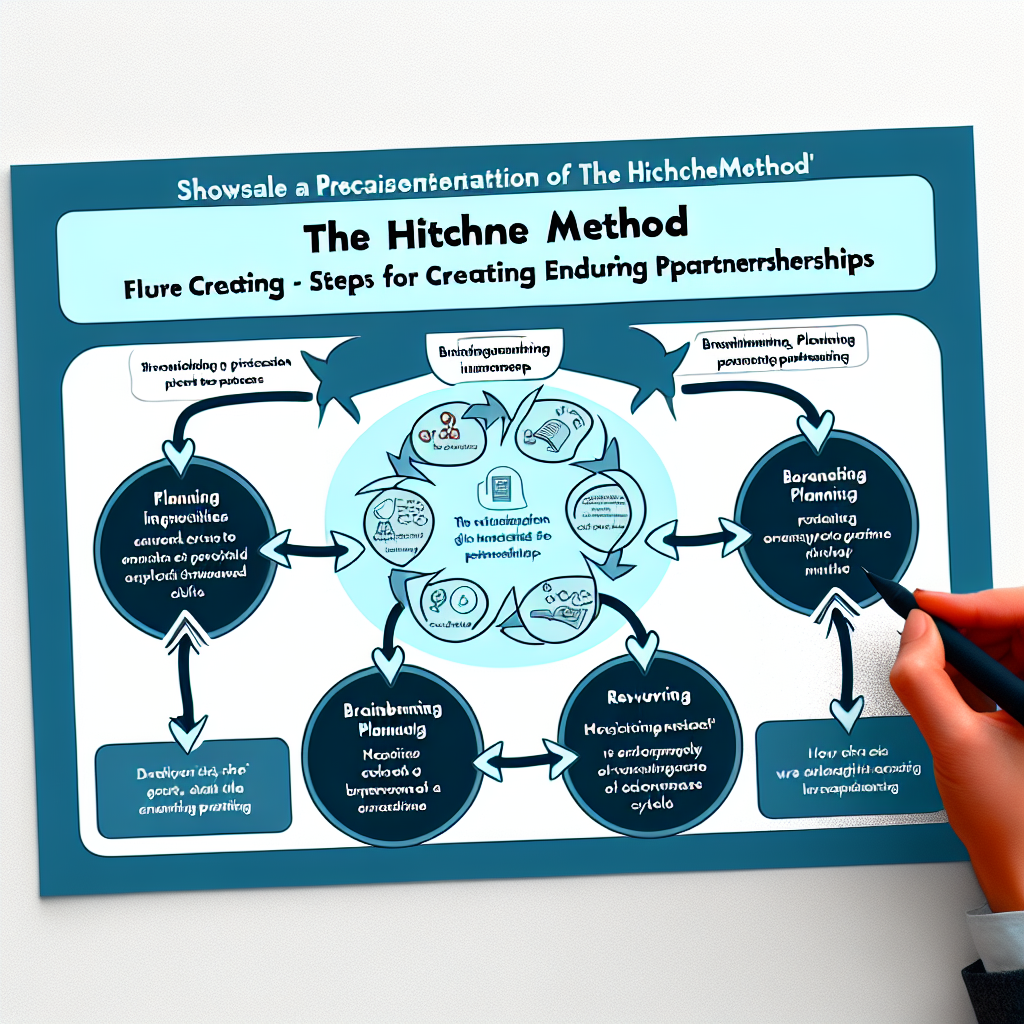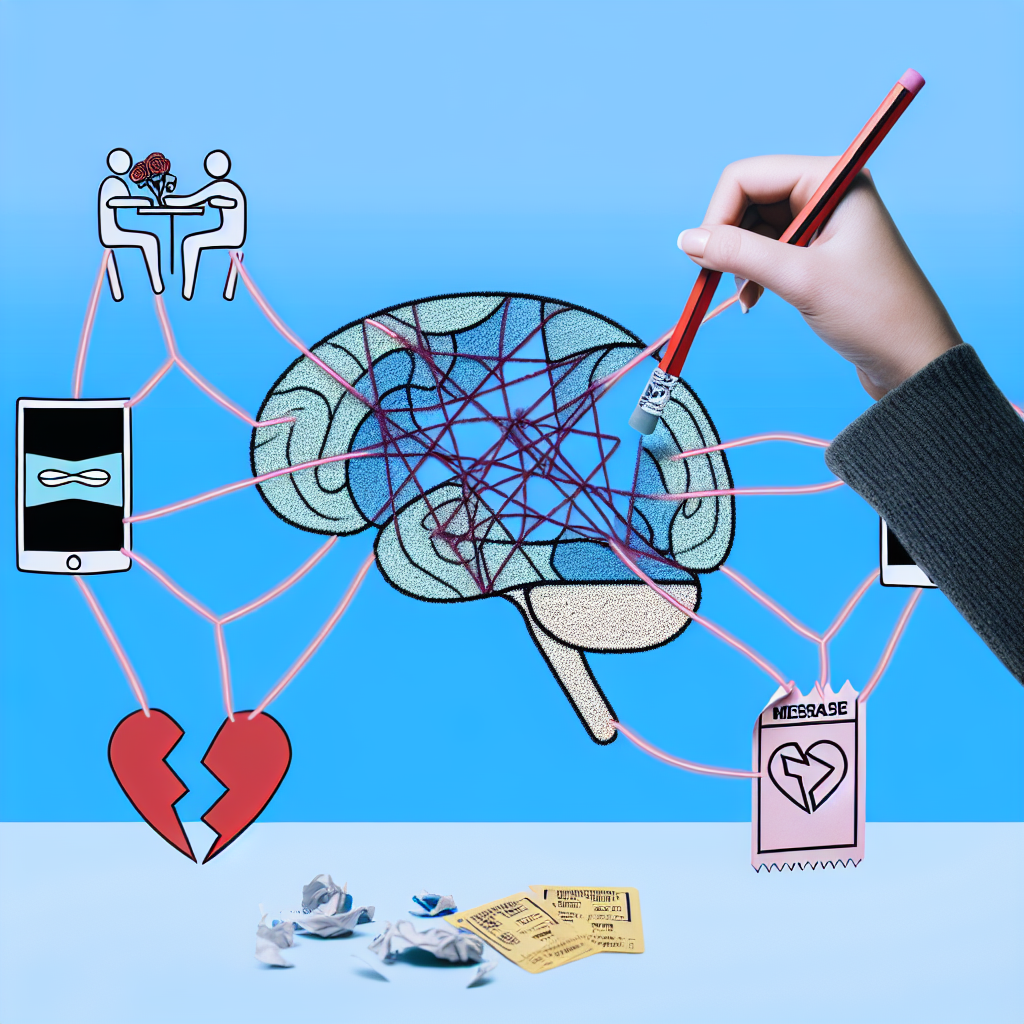Dating With Emotional Scar Tissue: Navigating New Connections After Past Relationship Trauma
For many of us, relationships leave lasting impressions. Some inspire growth and bring joy. Others—or sometimes the same ones—leave behind emotional bruises that can turn into scar tissue. Entering the dating world again, whether you’re in your 20s or your 80s, can feel like trying to run a marathon on a sprained ankle. The fear of vulnerability, anxiety around trust, and recurring thoughts about past betrayal can be real barriers for singles seeking new, meaningful connections.
Emotional scar tissue isn’t just metaphorical. Psychological studies show that traumatic relationship experiences—such as betrayal, neglect, abandonment, emotional abuse, or even messy breakups—can reshape our inner worlds. These experiences alter our beliefs about love, safety, and intimacy, imprinting patterns that may unconsciously affect how we interact and bond with potential partners. The remnants of past relationships don’t always fade with time. Instead, without conscious healing, they evolve into layers of emotional resistance and guardedness that hinder one’s dating journey.
How Emotional Trauma Physically and Psychologically Impacts the Dating Mindset
Traumatic relationship experiences can significantly impact one’s mental and emotional health. According to the American Psychological Association, individuals who experience abuse or betrayal in relationships often exhibit symptoms similar to those of post-traumatic stress disorder (PTSD). These symptoms may include flashbacks, hyper-vigilance, emotional numbing, and avoidance behaviors—all of which can deeply affect how someone approaches dating later on.
One study published in the Journal of Social and Personal Relationships examined the impact of past romantic betrayal on future trust dynamics. Researchers found that individuals who had endured infidelity in a previous relationship exhibited not only lowered trust in new partners but also higher levels of jealousy and anxiety in early dating stages. This underscores the idea that while time can dull the memory, the emotional imprint remains unless intentionally addressed.
What Brain Science Tells Us: The Neurology of Romantic Rejection
Neuroscience helps us understand how emotional trauma from relationships is encoded in the brain. The amygdala—the part of our brain responsible for fear response and emotional memory—becomes hyperactive during emotionally traumatic encounters. A study from the Stanford Neuroscience Institute revealed that individuals with unresolved romantic trauma showed heightened activity in the amygdala when exposed to images of their ex-partners or even when imagining romantic scenarios.
This physiological reaction proves what many feel: heartbreak is more than emotional—it creates neurological footprints that affect our feelings, thoughts, and ability to calmly engage in future love.
Road to Recovery: Evidence-Based Healing Methods for Relational Trauma
Fortunately, science also offers light at the end of the tunnel. Therapeutic interventions such as Cognitive Behavioral Therapy (CBT), Eye Movement Desensitization and Reprocessing (EMDR), and mindfulness-based modalities have shown strong results in helping individuals overcome relational trauma.
A 2020 feature in Psychology Today explored how trauma-specific therapy can help individuals dismantle negative patterns, soften hyper-vigilant defenses, and ease the fear of vulnerability. This mindset transformation not only improves emotional well-being but enhances openness and trust in new romantic contexts.
Cultivating Resilience: Building Strength from Past Pain
Resilience isn’t something you’re simply born with—it’s a skill you can develop. According to a 2019 meta-analysis in Clinical Psychology Review by Dr. George A. Bonanno, resilience after relational trauma significantly improves when individuals:
– Join communities or support networks
– Practice reflective journaling or guided introspection
– Learn how to pace their re-entry into dating
– Develop self-compassion and self-regulation tools
These intentional practices allow individuals to build a healthier relationship with themselves first—which naturally attracts better romantic partners over time.
Your Scars Are Proof of Survival, Not Flaws
Ultimately, while emotional scar tissue may never fully disappear, it doesn’t have to define your dating life. With the right tools, knowledge, and support, you can return to the dating scene with more clarity, self-respect, and grounded confidence. Whether you’re coming out of a turbulent breakup, the end of a marriage, or mourning a spouse, the emotional residue you carry is not a weakness—it’s wisdom waiting to be channeled into healthier love.
Conclusion: Healing Opens the Door to Something Better
Dating after emotional trauma isn’t about erasing your past—it’s about embracing your scars as symbols of survival and wisdom. With patience, self-compassion, and strategic healing, it’s entirely possible to create new, emotionally enriching connections. No matter your age or what you’ve endured, love remains a resilient force—and you’re worthy of receiving it again.
Concise Summary:
Entering the dating world after past relationship trauma can feel daunting, but with the right tools and mindset, it’s possible to build healthy new connections. This article explores how emotional scar tissue impacts dating, the neuroscience behind heartbreak, and evidence-based methods for healing relational trauma. By cultivating resilience and self-compassion, singles can navigate the dating scene with clarity, confidence, and the wisdom to attract compatible partners.
References:
[1] American Psychological Association. (2021). Trauma and relationships. https://www.apa.org/topics/trauma-violence/relationships
[2] Bonanno, G. A. (2019). Addressing resilience in trauma-exposed individuals. *Clinical Psychology Review*. https://www.sciencedirect.com/science/article/abs/pii/S0272735818300984
[3] Canli, T., et al. (2010). Neurobiological responses to negative emotions and the neural mechanisms of emotion regulation in response to romantic rejection. *Stanford Neuroscience Institute*.
[4] Jones, M., Zanin, A., & Rider, M. (2018). Betrayal and trust dynamics post-infidelity. *Journal of Social and Personal Relationships*. https://journals.sagepub.com/home/spr
[5] *Psychology Today*. (2020). Dating again after trauma: How therapy helps you open up to love. https://www.psychologytoday.com/us/blog/stronger-the-broken-places/202006/dating-again-after-trauma

Dominic E. is a passionate filmmaker navigating the exciting intersection of art and science. By day, he delves into the complexities of the human body as a full-time medical writer, meticulously translating intricate medical concepts into accessible and engaging narratives. By night, he explores the boundless realm of cinematic storytelling, crafting narratives that evoke emotion and challenge perspectives. Film Student and Full-time Medical Writer for ContentVendor.com




